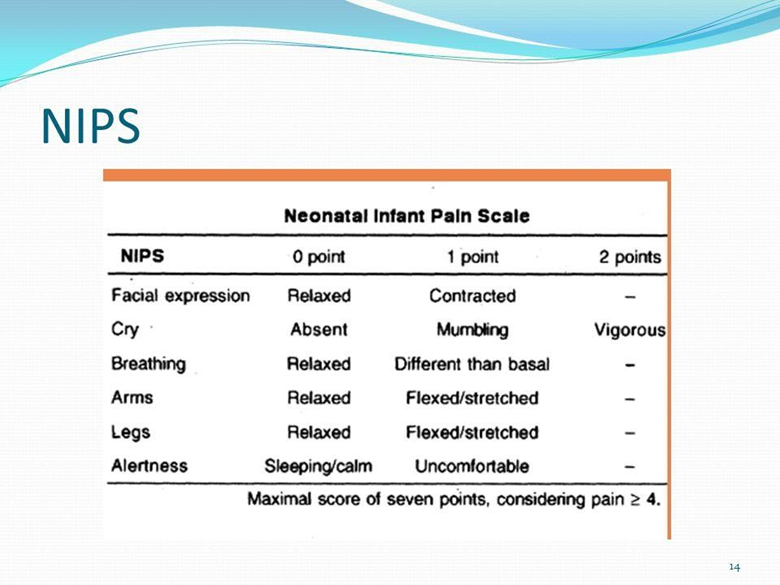A nurse is caring for an adult client who has chronic anemia and is scheduled to receive a transfusion of 1 unit of packed RBCs. Which of the following actions should the nurse take?
Administer the blood via a 21-gauge IV needle.
Flush the blood administration tubing with 0.9% sodium chloride prior to the transfusion.
Check the client's vital signs from the previous shift prior to the initiation of the transfusion.
Set the IV infusion pump to administer the blood over 6 hr.
The Correct Answer is B
A. A larger-bore needle (usually 18- to 20-gauge) is recommended for blood transfusions to prevent hemolysis and ensure adequate flow rate.
B. Flushing the tubing with 0.9% sodium chloride ensures that it is primed and free from air or any incompatible solutions before starting the blood transfusion.
C. Vital signs should be checked immediately before, during, and after the transfusion to monitor for adverse reactions.
D. Blood transfusions are typically completed over 2 to 4 hours, depending on the clinical context, to reduce the risk of complications.
Nursing Test Bank
Naxlex Comprehensive Predictor Exams
Related Questions
Correct Answer is A
Explanation
A. Kawasaki disease involves inflammation of the blood vessels and can lead to serious cardiac complications, including coronary artery aneurysms. Monitoring cardiac status is essential to detect and manage these risks.
B. While managing fever is a part of treating Kawasaki disease, acetaminophen is typically used as needed rather than on a strict schedule unless fever is persistent.
C. During the acute phase of Kawasaki disease, children often feel very irritable and unwell; large group activities may be overwhelming and inappropriate.
D. Kawasaki disease is not caused by a bacterial infection, and antibiotics are not part of the treatment. Instead, treatment usually involves high-dose aspirin and intravenous immunoglobulin.
Correct Answer is A
Explanation
A. The Neonatal Infant Pain Scale (NIPS) is commonly used to assess pain in newborns, particularly in the neonatal intensive care unit (NICU) setting. It evaluates specific indicators of pain, such as facial expression, crying, and breathing patterns.
B. The FACES pain rating scale is more commonly used in older children who can understand and communicate using a visual scale of faces depicting different levels of pain intensity.
C. Visual analog scales are typically used in older children and adults to rate pain intensity on a linear scale.
D. The Premature Infant Pain Profile is specifically designed for premature infants and evaluates physiological and behavioral indicators of pain.

Whether you are a student looking to ace your exams or a practicing nurse seeking to enhance your expertise , our nursing education contents will empower you with the confidence and competence to make a difference in the lives of patients and become a respected leader in the healthcare field.
Visit Naxlex, invest in your future and unlock endless possibilities with our unparalleled nursing education contents today
Report Wrong Answer on the Current Question
Do you disagree with the answer? If yes, what is your expected answer? Explain.
Kindly be descriptive with the issue you are facing.
